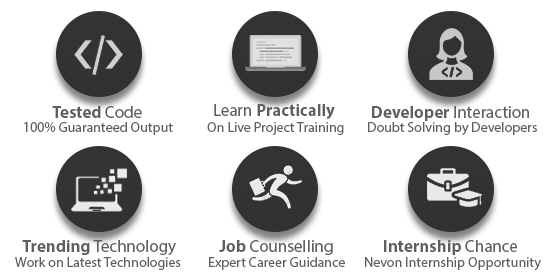Download Project Document/Synopsis
Chronic obstructive pulmonary disease (COPD) represents a disease that can be prevented and treated, characterized by persistent airflow limitation. It has a tendency to develop progressively and is accompanied by an increased inflammatory reaction to harmful gasses like tobacco and hazardous particulates in the airways and lungs. Due to its high morbidity, disability and mortality, COPD threaten human physical and mental health. It has emerged as the fourth most deadly disease worldwide and is anticipated to turn into the third leading cause of mortality globally by 2030, causing a serious socioeconomic burden.
We have developed a Chronic Obstructive Pulmonary Disease Prediction system in Python to help users predict acute exacerbation events in the near future. Machine Learning (ML) methods were employed to construct a risk prediction model for COPD to improve its prediction efficiency. The system also integrates a chatbot that will help users know more information about the disease predicted.
The system comprises 2 modules namely Admin and User. The admin can log in using their credentials. They can view all the registered users. They can add, update or delete doctors. They can view the feedback provided by the users.
The user would require to register first and then log in using their credentials. To detect COPD, the user would need to upload the sound file. As the file is uploaded, the system will detect the disease. They can view the doctors using the area-wise filter. The user can also ask for more information about the detected disease in the chatbot. They can also provide feedback to the admin.
In this system, the front end involves HTML, CSS and JavaScript and the back end involves the MSSQL database. The back-end language is Python. The framework used is Django. The dataset is used from Kaggle. The classes involved are COPD and Healthy.
The Supervised DBN Classification Machine Learning Algorithm is used to develop this system. Deep belief networks can substitute for a deep feedforward network or, given more complex arrangements, even a convolutional neural network. They have the advantages that they are less computationally expensive (they grow linearly in computational complexity with the number of layers, instead of exponentially, as with feedforward neural networks); and that they are significantly less vulnerable to the vanishing gradients problem.
Advantages
- The system will help the users efficiently predict the risk of Chronic Obstructive Pulmonary Disease.
- The user can also find area-wise doctors through the system.
- The chatbot will help users know more about the disease predicted.
- The system has a user-friendly interface.



